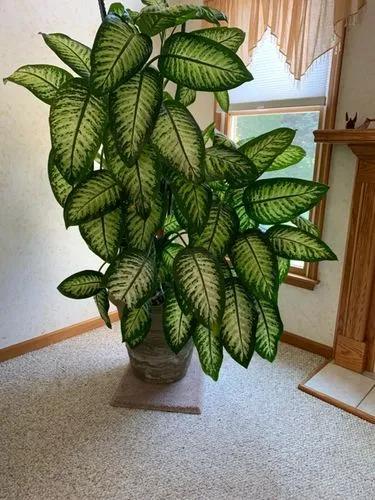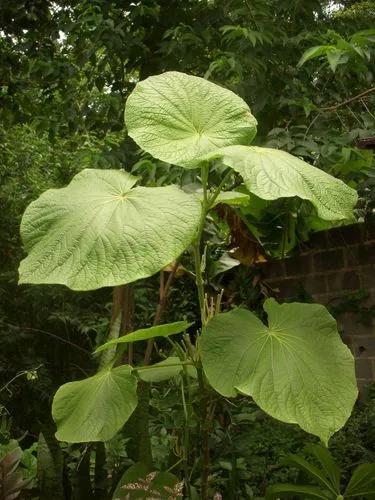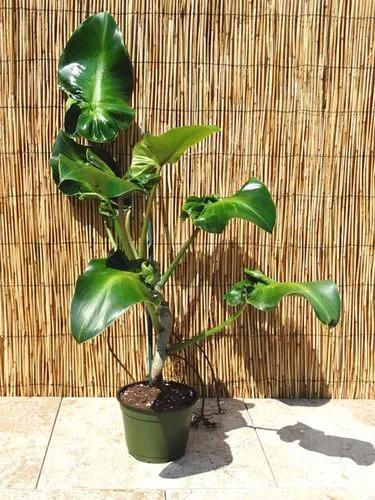A large plant from the snake plant family, Sansevieria Masoniana, is often called the Whale Fin or Shark Fin plant. Depending on your location, this plant is rare and can be hard to find. Its large leaves with striking patterns are well worth the effort.
Sansevieria Masoniana Care
Sansevieria masoniana



Hailing from the Democratic Republic of Congo, Africa, this hardy plant requires sunlight and a roomy pot to flourish. Reaching up to 3 feet (.91 meters), the S. Masoniana can also spread out to 8 inches (.20 meters).
The upright stalks of this plant will produce small, green-white flowers. This plant will also grow wider before it grows larger. Its leaves will have a leathery feel to them and run through with white veins in varying patterns.
How to Care for the Plant

Water

Your plant will thrive best in slightly moist soil during the summer months and require minimal watering during the winter months. Be careful to water this plant sparingly, as it fares better in drier soil than wet.

Pruning

This plant does not require pruning but should be wiped down for dust regularly.

Fertilizer

It’s not necessary to fertilize this plant, but if a grower wishes to, it is acceptable once a month during spring and summer.

Sunlight

Partial sun and shade are the best combinations to ensure your plant is healthy. They can handle direct sunlight but not for extended periods and never direct sunlight outside. Take note that your S. Masoniana will not grow if it does not have enough sunlight.

Soil

Sandy or loamy soil is best for this plant. To grow S. Masoniana in a pot, you’ll need to use a well-drained potting mix.

Propagation

There are two ways to propagate your S. Masoniana. First, you can cut out the roots and leaves of a plant and transplant them into another pot. If your plant is large enough, you can cut a leaf off and place it in a water container for 1-2 months. You should see roots growing from the bottom of the leaf within that time frame.

Temperature

For best results and to ensure your plant will keep growing, the S. Masoniana needs to be kept at 65-70°F (18-21°C) year-round. Outdoor plants should be brought in for the colder months.

Container

The leaves of the S. Masoniana can become heavy as they grow, which is why a shallow pot, preferably clay, should be used.

Fun fact

The S. Masoniana rarely blooms indoors, but when it does, it’s usually at night and will emit a citrus-like scent.

Popularity

238 people already have this plant 47 people have added this plant to their wishlists
Discover more plants with the list below
Popular articles






